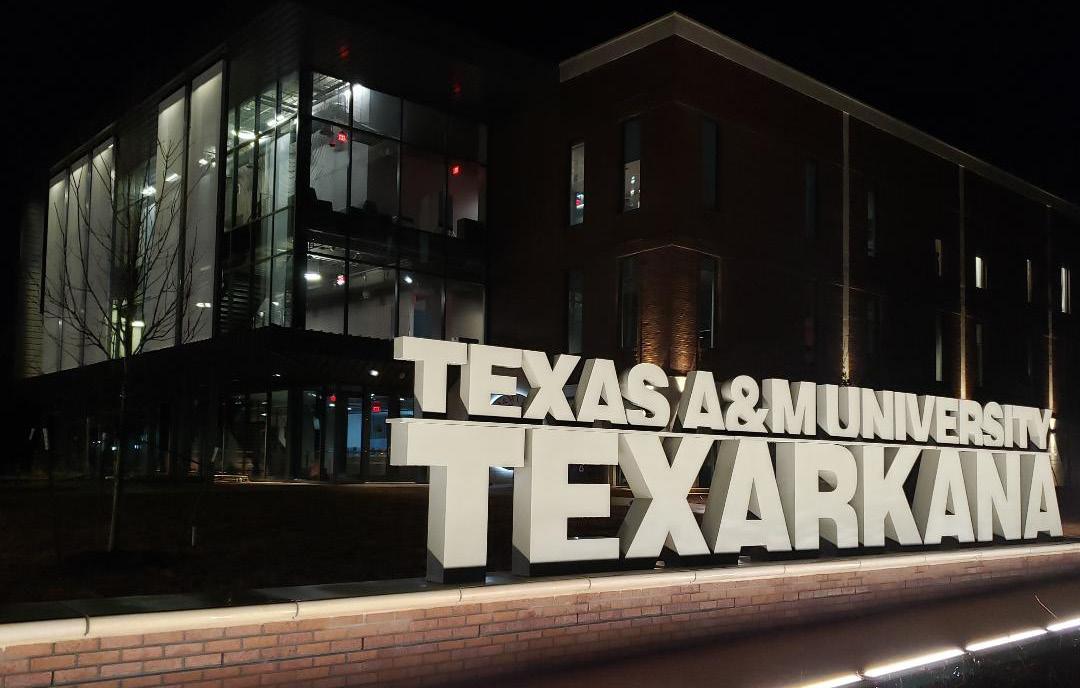
1 minute read
Summary of Findings
•On the Texas side of the Texarkana region, there are 20 school districts that graduate more than 1,400 students each year. Of the students that can be tracked (e.g. they are enrolled in a Texas public college or university and/or working in Texas), about 70 percent are employed and 58 percent are enrolled in a postsecondary program. Of the students that are employed, about two-thirds work in retail or accommodations and food services. Of the students that are enrolled, the top destinations are Texarkana College, Northeast Texas
Community College, and Texas A&M-Texarkana. • The region has two public higher education institutions and two private institutions. Over the last three years, these institutions have awarded, on average, 1,379 degrees. More than half of these are awarded by Texarkana College.
Most of the awards from Texarkana College are associate’s degrees or certificates of at least one
but less than two years. The vast majority of the degrees at Texas A&M-Texarkana are bachelor’s. • Comparing the number of annual openings of entry-level occupations that require postsecondary education to the number of degrees or completions in related fields can be an indicator of the alignment of the regional talent pipeline with regional jobs. Overall, there are more annual openings than there are students graduating with credentials. In addition, the number of completions and openings show potential shortages of students choosing careers in health science, education & training, human services, and information technology. Note that the annual openings of transportation, distribution, & logistics includes truck drivers, which requires a commercial drivers license.
These can be acquired through a postsecondary degree program or nondegree program.
Image by Tdga22aft via Wikimedia Commons






